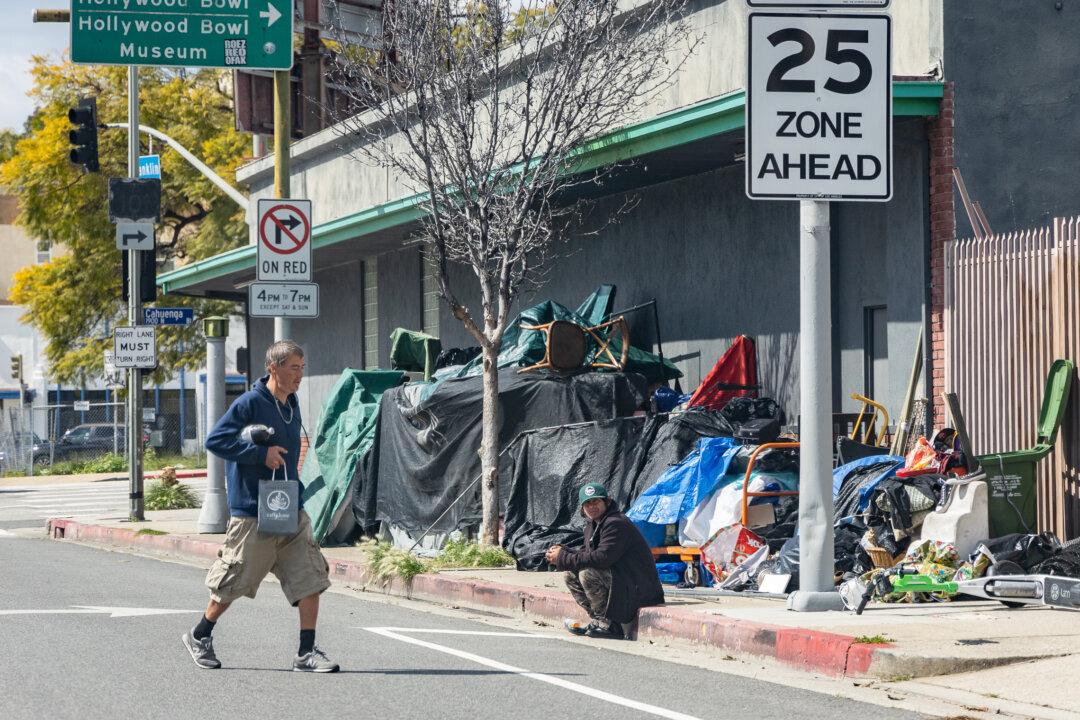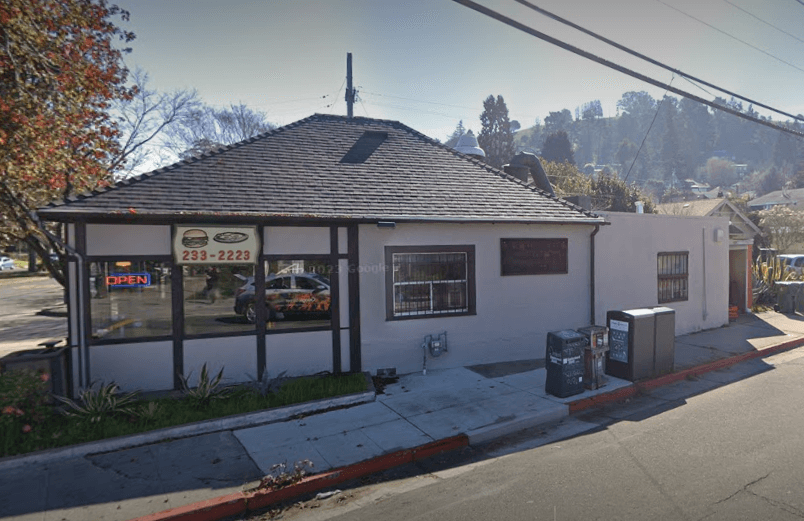Inflation is expected to remain high for the next few years as the United States heads toward recession, according to the latest economic forecast by California State University–Fullerton.
Woods Center for Economic Analysis and Forecasting Director Anil Puri and co-Director Mira Farka said the country is “barreling toward” a recession. They presented the school’s annual forecast on Oct. 27 during an event at the Disneyland Hotel in Anaheim that was co-hosted by the Orange County Business Council.
“It is getting harder and harder to see how we avoid a recession within the next 12 months or so,” Farka said.

“High inflation affects everybody because their purchasing power has gone down,” said Puri, a Cal State–Fullerton professor of economics and provost emeritus. “Contrary to the popular view, we think inflation is going to last for a while. It’s not going to come down very easily or very quickly.”
They also forecasted that the benchmark interest rate set by the Federal Reserve would reach about 5 percent, which could drive median Southern California home prices lower.
The U.S. economy is wallowing in contradictory data, according to the report. While the economy grew by almost 6 percent last year, gross domestic product (GDP) fell during the first two quarters of this year.
Real GDP, which has been adjusted for inflation, rose 2.6 percent in the third quarter from July to September, after falling 0.6 percent from April to June, according to the U.S. Bureau of Economic Analysis.
Meanwhile, the labor market has remained strong, with 3.8 million jobs added in the first nine months of this year. On the other hand, consumer confidence has sunk, according to the report.
Consumer sentiment reached an all-time low in August, despite plenty of jobs and job openings, according to a University of Michigan survey.
Business sentiment also has taken a turn for the worse, according to the forecast.
“The Institute for Supply Management manufacturing survey is flirting with recession territory even as industrial production is growing at a hefty 3.7 [percent] annual pace,” Farka and Puri stated.
Inflation Remains Widespread
Inflation has remained stubbornly high, pervasive, and widespread, the two professors reported.“Over the summer, a wild hope took hold that perhaps sky-high inflation was behind us as gas prices fell for nearly 100 days, dragging down headline figures from 9.1 [percent] in June to 8.3 [percent] in August,” Farka and Puri said.
Those hopes were dashed, however, as energy and food prices continued to escalate in September, reaching 6.7 percent, an increase of 0.4 percent from August.
Other countries are facing increasing economic worries of their own, according to the forecast. Europe is in the midst of an energy crisis that is expected to intensify this winter, caused by the Ukraine war. Russia has repeatedly threatened to stop exporting gas to European countries, while gas prices have skyrocketed.
In China, the economy is also beset with problems as the country clings to its so-called zero COVID policy. Growth in China is expected to come in at only 2.7 percent this year, a calamitous amount and far below the 5.5 percent anticipated growth rate, the authors said.
China’s tech industry is caught up in regulatory controls that are crimping the $4 trillion sector and consumer spending is dismal. New home prices fell by 29 percent in July and housing dropped 45 percent, according to the report.
In addition, the Fed has boosted interest rates faster this year than at any other time in the past four decades. The central bank is also “doling out more pain,” by selling about $47 billion in U.S. Treasury securities every month, the report’s authors said.
Despite the Fed’s efforts, Farka said she expects inflation to linger.
“Part of the reason is because we do expect inflation to be a lot stickier than people are expecting,” she said. “So, the Fed will have a tougher time fighting inflation.”
Recession on the Horizon
Farka and Puri said they hope for a favorable outcome from the economy but presented two scenarios for a recession.They forecast either a short recession, in which inflation is brought down but with high unemployment and financial instability, and a second scenario with a milder recession that lasts longer with slower growth and higher inflation.
Orange County
The road ahead in Orange County and Southern California could be treacherous, according to the forecast.“Our reluctant conclusion of a national recession with stagflation dynamics over the near term has unhappy implications for California and the Southern California region as well,” according to the report.
Unemployment rates in Orange County reached a low of 2.4 percent this year but crept up to 3 percent in August.
Housing prices are at a turning point after rising dramatically over the past year, and Puri said he expects a major correction.
“Now, we are in a situation where affordability is very, very low,” he said. “I’m afraid that we are at a turning point.”
The forecast predicts median home prices in Southern California will fall by 10 to 15 percent over the next two years.
Job growth is also expected to cool and turn negative in the second half of 2023, with the trend continuing into 2024, according to the report.






Friends Read Free